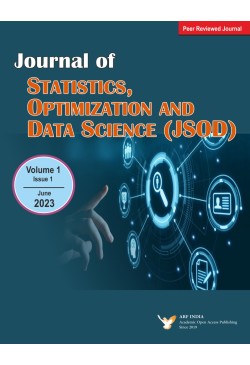Fertility and population estimation techniques are examined in this study. Numerous countries undergo significant demographic changes that could significantly impact future fertility and demographic growth rates. the expanding population and fertility rates of a specific nation are the main topic of this article’s analysis of some demographic trends. In the future, statistical models must account for measurement error and uncertainty when making predictions to achieve the highest degree of accuracy for demographic research. Fertility, which we assess as "Fertility Measures," is one of the key elements influencing a place's natural population expansion. The world's level of fertility varies greatly depending on the country, culture, socioeconomic status, and age of the individual. Calculations of population predictions depict the population's future growth under specific assumptions about how it will change in the future, typically to fertility, migration, and mortality. For this analysis, Denmark, a northern European nation, is considered. By the recent dataset of Denmark’s population of the 4th quarter by age and live births (on the first day of the quarter), we also estimate the population projections by using the year 2011 as a base year to forecast the population growth of 2025. We concluded that total fertility had increased in 2021, and we predict the population forecast in 2025.
Keywords: Fertility Measures, Population Projection, Growth Models, Demographic Trends, Estimation.
